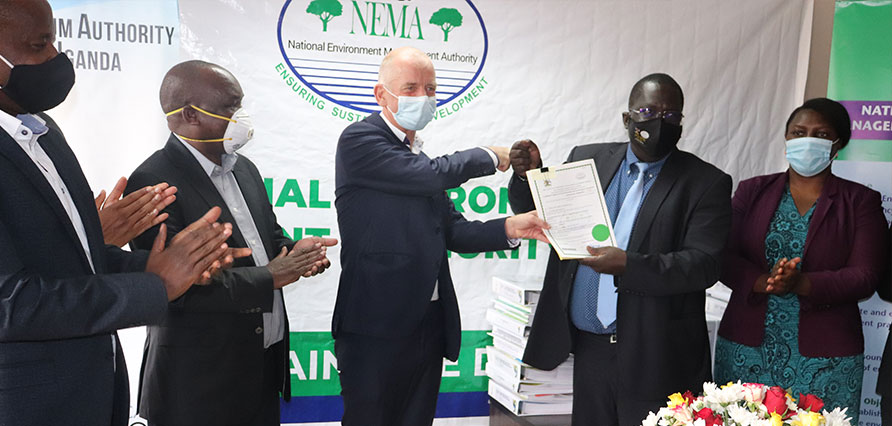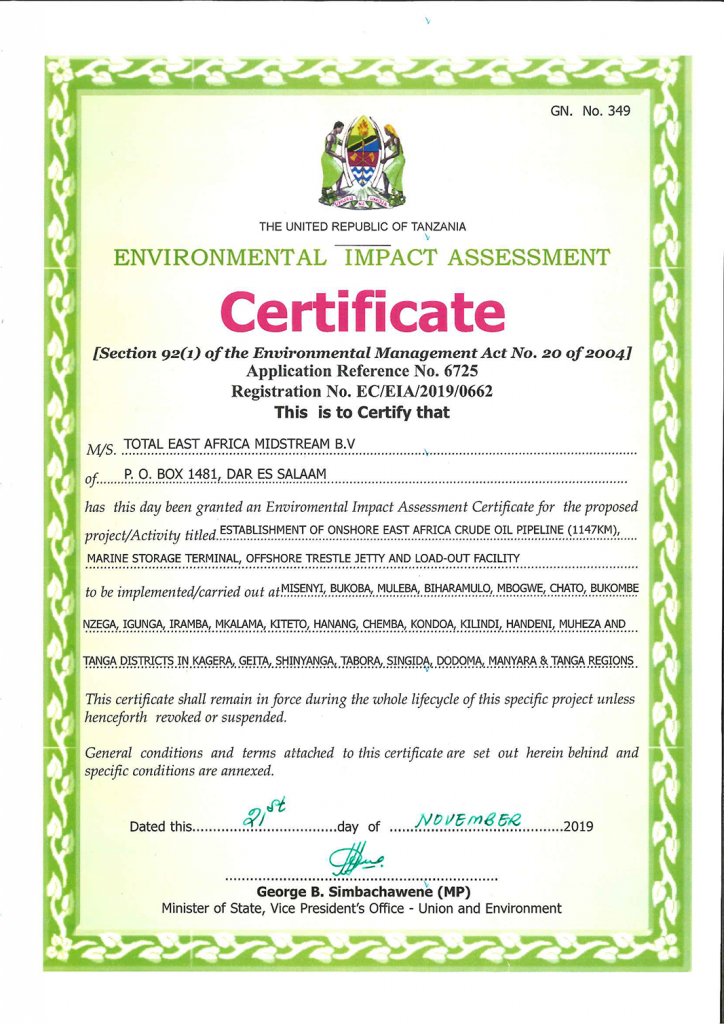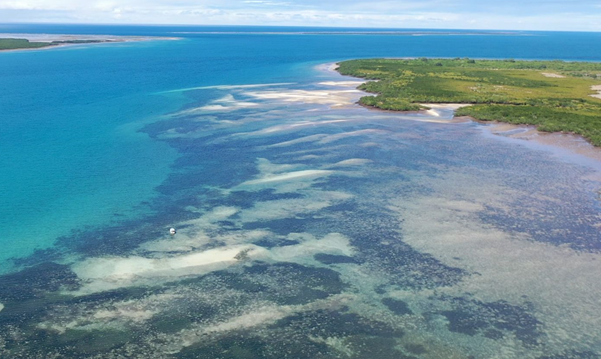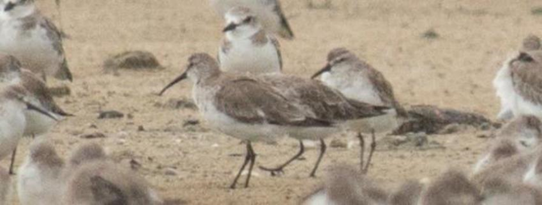Environmental and Social Assessment
EACOP site selection
The EACOP pipeline route and the location of the associated facilities were selected during a multi-year process based on comprehensive feasibility studies aiming at avoiding environmentally and socially sensitive areas and areas of high population density.

Environmental and Social Impact Assessment
Environmental and Social Impact Assessments (ESIAs) have been completed for both Tanzania and Uganda and certificates of approval were issued on 21st November 2019 (Tanzania) and 30 November 2020 (Uganda). The ESIA studies were carried out by JSB & COWI in Tanzania and Eco & Partner in Uganda in collaboration with an international consultant, RSK from the UK, in both countries.



Tanzania ESIA Non-technical Summary
Uganda ESIA Non-technical Summary
In addition to complying with national regulatory requirements EACOP is adhering to international Environmental and Social requirements, specifically the Equator Principles and the IFC Performance Standards. These constitute a global management framework to identify, assess and manage environmental and social risks in Projects. The Equator Principles are aligned with the IFC Performance Standards and require compliance with those standards by Projects.
The purpose of the ESIA is to assess and predict potential adverse social and environmental impacts and to develop suitable mitigation measures, which are then documented in an Environmental and Social Management Plan (ESMP). The ESIA is the process that defines and evaluates the potential social and environmental impacts of a given project and their mitigation measures and includes environmental and social baseline studies.
From site selection EACOP worked with environmental and social experts on the ESIA in compliance with national regulatory requirements and international best practice including the International Finance Corporation’s (IFC) Performance standards (PS). The ESIA process progressed interactively with project planning and design. During the ESIA process impacts that could be avoided during the design phase were identified iteratively through interaction with engineering. The identification for additional avoidance opportunities will continue through the construction phase.
Engagement with National, district and local stakeholders (including non-governmental organizations) was undertaken throughout the ESIA process and results were used to assess impacts and the identification of mitigation measures. Engagement continues as the project moves forward for monitoring purposes and to capture new developments in the social landscape.
We continue to conduct additional studies to further refine and deepen our understanding of the diverse environmental and social elements along the pipeline route. This includes a critical habitat assessment
Biodiversity
EACOP is committed to meet the requirements of the International Finance Corporation’s (IFC) Performance Standard 6 (PS6) on Biodiversity Conservation and Sustainable Management of Living Natural Resources. This requirement is met through conducting a critical habitat assessment (CHA).
IFC PS6 stipulates application of the mitigation hierarchy; avoid, minimize, restore, offset. If significant residual impacts on biodiversity remain after all feasible avoidance and minimization actions have been taken, offsets must be implemented to deliver net gain (NG) for biodiversity where Critical Habitat is impacted or no net loss (NNL) where Natural Habitat has been impacted.
The CHA identifies the significant residual impacts and provides the foundation for biodiversity action plans (BAPs – terrestrial for Uganda and Tanzania and for the marine environment) that set out the actions to achieve the PS6 required outcomes:
- A description of proposed actions to achieve no net loss of natural habitats and a net gain in critical habitats affected by the Project
- An explanation of how the mitigation hierarchy will be followed
- A clear indication of roles and responsibilities for internal staff and external partners.
Based on the BAPs EACOP will develop biodiversity offsetting plans (BOPs) that outline both the strategy and delivery mechanisms for the in the BAPs proposed strategy to achieve NNL and NG through the implementation of offsetting programs. EACOP is presently developing the BOPs but a number of initiatives that will contribute toward offsetting have already been started:
- In Uganda the EACOP route does not pass through forests that provide habitat to chimpanzees. Nevertheless the fact remains that the residual forested areas in the Lake Albert region are under pressure from population growth and need for farmland. Consequently EACOP and its upstream partners Tilenga and Kingfisher are working toward the development of a landscape-wide chimpanzee action plan that focusses on forest conservation and connectivity. This plan will be developed in collaboration with the IUCN primate specialist group task force ARRC (avoid, reduce, restore, conserve), Ugandan Government and local and international NGOs.
- Supporting the Tanzanian National Parks Authority with conducting a baseline survey and subsequent development of a management plan for the recently gazetted Burigi Chato national park.
- EACOP traverses Karamoja apalis (bird) habitat, pancake tortoise habitat and Itigi thicket. Baseline surveys indicated that these species and habitat are already under pressure resulting from human activities. EACOP is in the process of establishing community-based conservation initiatives for these species and habitat that will achieve NG.
- Soundscape study for the cetaceans and other megafauna species of the Pemba Channel that are threatened by several significant stressors. Globally, very few projects have assessed the effects of their activities on species as part of a broader threat landscape that considers the additive effects of multiple developments within a discrete region and this study aims to close this gap.
- The Indian Ocean humpback dolphin ranges from South Africa to India. Despite its wide distribution it is under threat, mainly because of human activity. With this species being present in the Tanga Seascape
Tanga seascape

Karamoja apalis

Greater sandplover

Ashy red colobus

